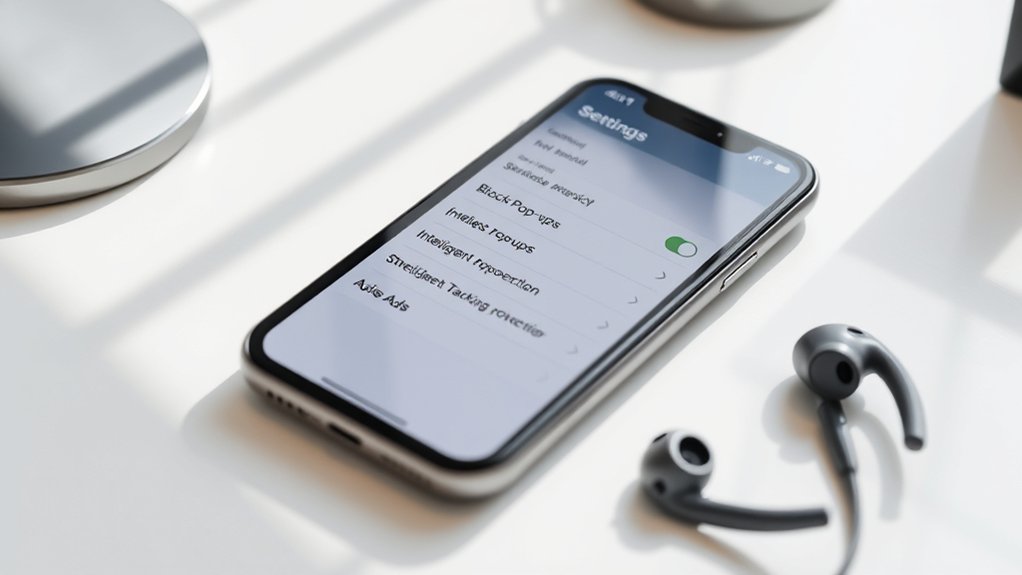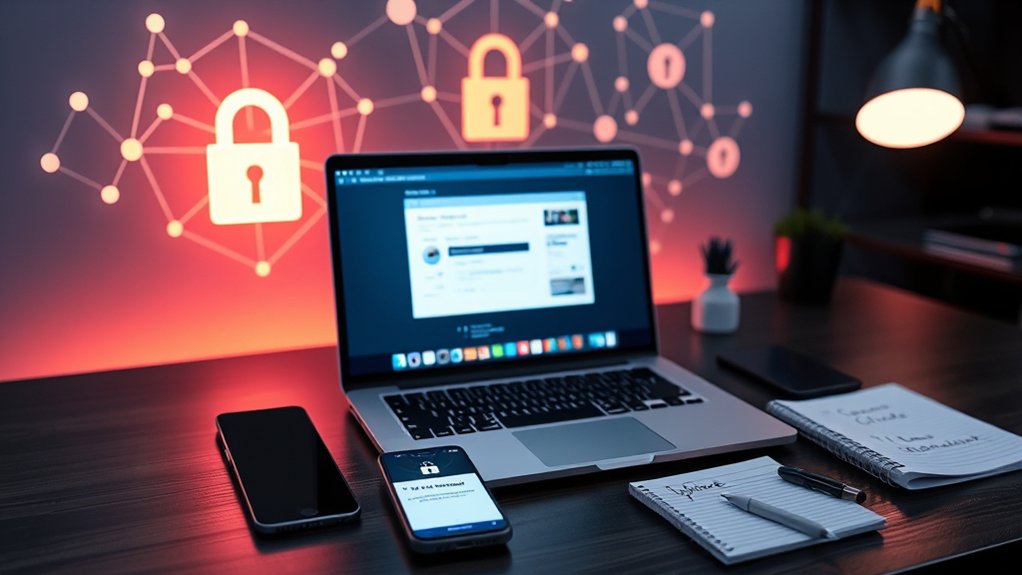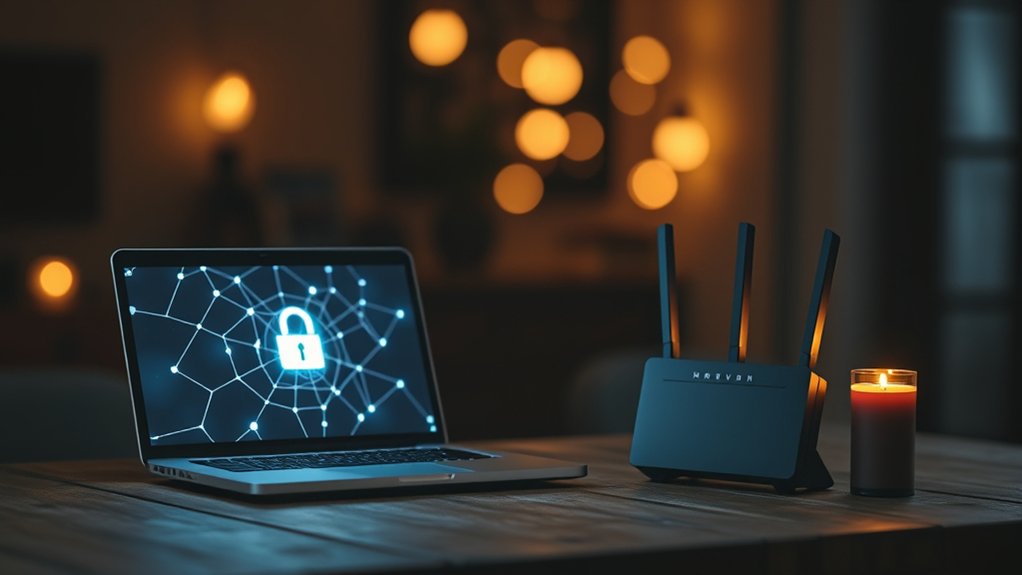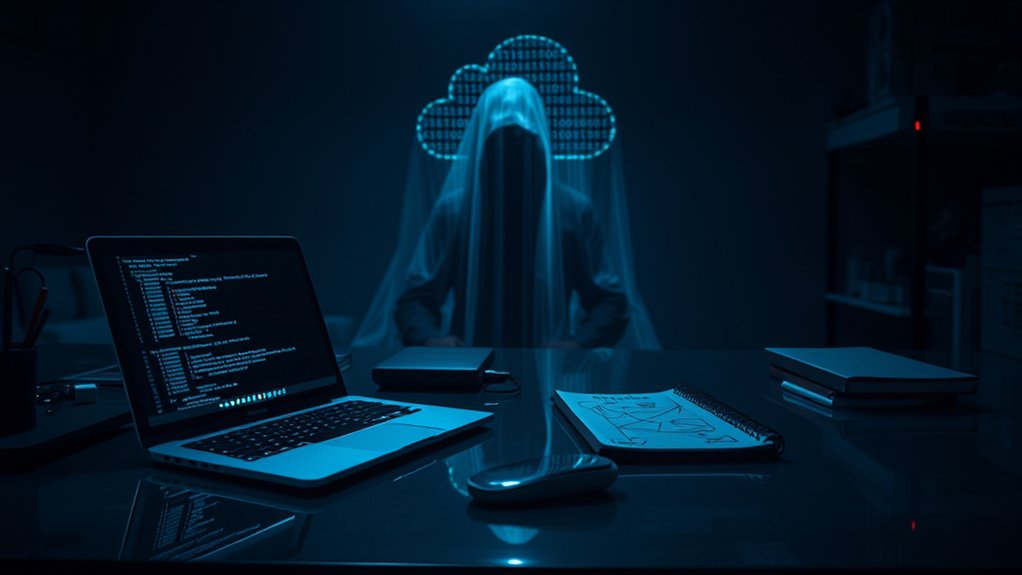When an individual suspects a hack, immediate action is crucial. Nearly 30% of people face hacking attempts annually, with signs including difficulty logging in and unfamiliar access locations. Organizations must disclose breaches. Users should disconnect from the internet, secure passwords, and implement strong, unique credentials. Two-factor authentication improves security. Monitoring accounts for unauthorized transactions and contacting relevant organizations is important. These measures help contain and resolve breaches, as well as further details about protective steps can yield additional insights.
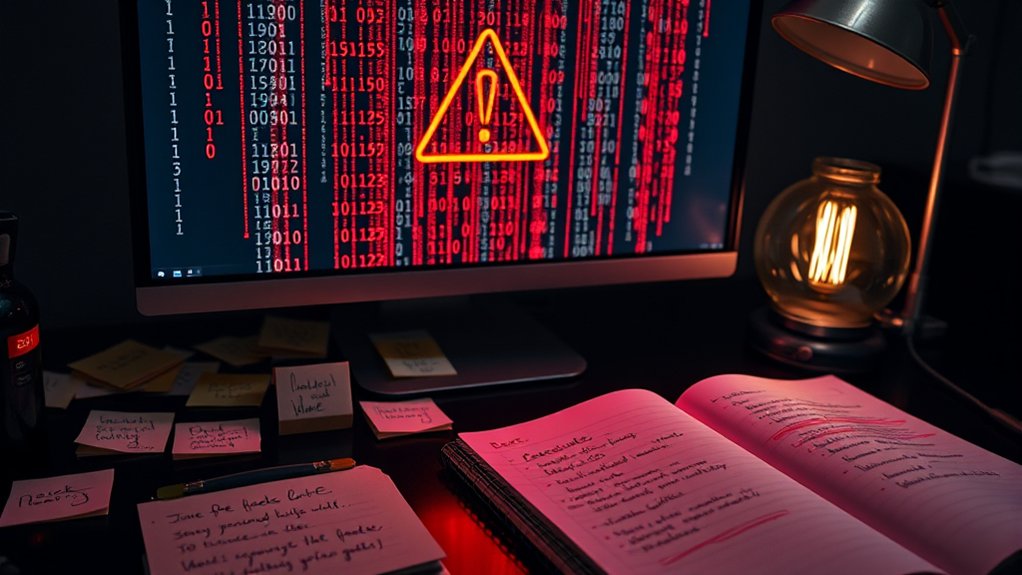
In an increasingly digital world, the prevalence of cyberattacks has become a notable concern, with recent studies indicating that nearly 30% of individuals experience hacking attempts annually. When individuals suspect they have been hacked, the first step is to acknowledge the situation. Key indicators include difficulty logging into accounts, unexpected password changes, and logins from unfamiliar locations.
Organizations experiencing data breaches must disclose details as they provide guidance to affected users. Ensuring that all security software is up to date is vital for identifying potential malware, and disconnecting from the internet can prevent further damage.
Once a hack is confirmed, securing passwords becomes paramount. It is important to create strong passwords, employing a mix of uppercase and lowercase letters, numbers, and symbols. Each account should have a unique password to limit widespread access should one be compromised.
Securing unique, strong passwords is essential to safeguard accounts and minimize risks after a confirmed hack.
Implementing password managers can help generate and securely store complex passwords, which should be changed immediately after detecting unauthorized access. Reusing passwords across multiple accounts must be avoided to improve online security.
Assessing the situation is the next logical step. Users must inspect their accounts for unauthorized transactions, check email settings for unusual forwarding rules, and review social media for suspicious activity. This entails examining devices for malware and isolating affected networks to mitigate risks further.
Implementing two-factor authentication (2FA) greatly increases account security by providing an extra verification layer. Utilizing applications or SMS for 2FA, alongside physical security keys, adds substantial protection to digital accounts. Additionally, users should be vigilant for signs of a hacked account as these can help catch issues early on.
Subsequently, setting up fraud alerts with credit bureaus can help catch unauthorized inquiries. Credit monitoring services detect suspicious activity and are key for timely intervention.
Finally, informing contacts and reporting the incident to relevant organizations helps mitigate the repercussions of a hack, encouraging a proactive approach to digital security.
Frequently Asked Questions
How Can I Tell if I’ve Been Hacked?
Determining if a system has been compromised requires careful observation of several indicators. Unusual pop-ups, sluggish performance, or unauthorized applications may signal malware.
Furthermore, unexpected changes to browser settings or disabled security software warrant investigation. Network anomalies, such as unrecognized emails sent or strange traffic patterns, further suggest breaches.
Experts recommend evaluating user activity logs and monitoring system alerts to identify and verify potential hacking incidents, ensuring prompt action can be taken to mitigate damage.
Should I Inform My Contacts if Hacked?
Informing contacts after a hacking incident is crucial to mitigate risks. According to cybersecurity experts, alerting individuals helps prevent them from falling prey to phishing scams, as they are more likely to avoid suspicious links.
Timely communication reduces misinformation and lessens the hacker’s impact, as victims can quickly recognize fraudulent attempts. A study highlights that 60% of victims suffered additional fraud because their unnotified contacts remaining unaware of ongoing threats, illustrating the significance of proactive notification.
Can I Recover Deleted Files After a Hack?
Deleted files may be recoverable after a hack, provided they have not been overwritten.
Forensic tools such as Encase and The Sleuth Kit can identify and recover these files, relying on advanced data carving techniques.
Metadata analysis plays a vital role in this process, allowing experts to ascertain file specifics.
A timely response and thorough containment strategies are important; therefore, engaging professionals is recommended to maximize recovery efforts and support compliance with legal standards.
Is Changing My Passwords Enough to Secure My Accounts?
Changing passwords is a fundamental step in securing accounts, yet it is insufficient on its own. Experts advocate for thorough security measures, emphasizing the necessity of two-factor authentication and regular account monitoring.
According to the National Institute of Standards and Technology (NIST), strong, unique passwords are essential, but users should likewise utilize password managers and heed any associated software updates or security alerts.
Consequently, a varied approach is critical for maximum protection against breaches.
What Are the Potential Legal Consequences of Being Hacked?
The potential legal consequences of being hacked are significant and complex. Victims may face civil lawsuits because of unauthorized access, impacting financial stability.
Reporting incidents to law enforcement is crucial for possible criminal prosecutions against hackers, who could face imprisonment and substantial fines.
Federal laws, such as the Computer Fraud and Abuse Act and the Electronic Communications Privacy Act, impose severe penalties, including up to ten years in prison for serious offenses.


